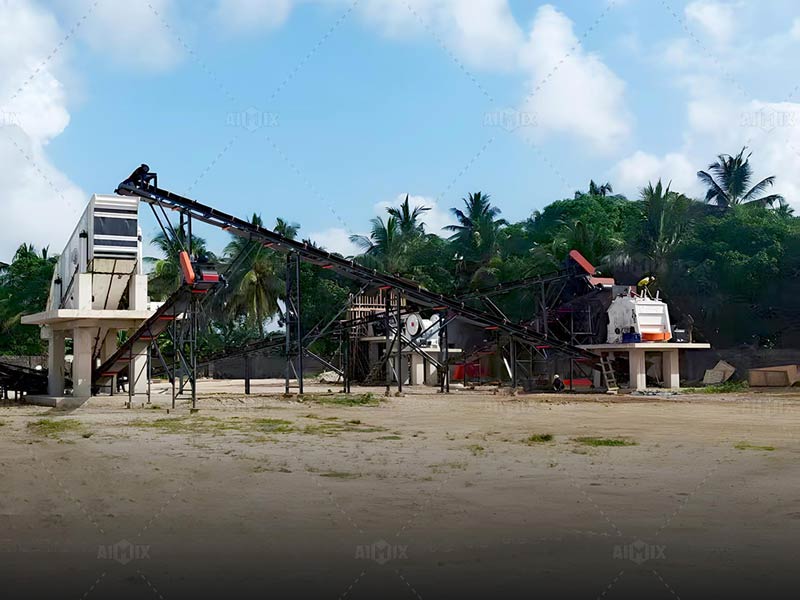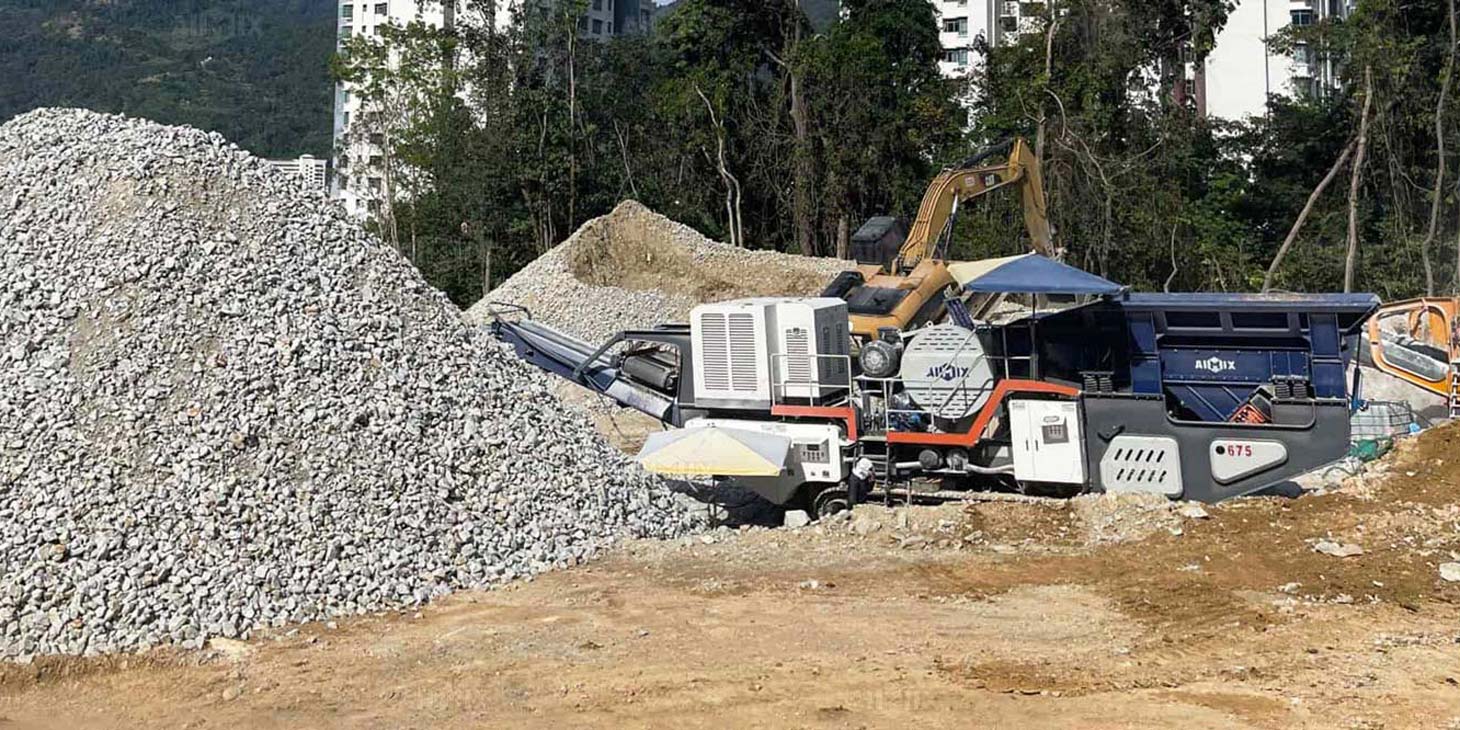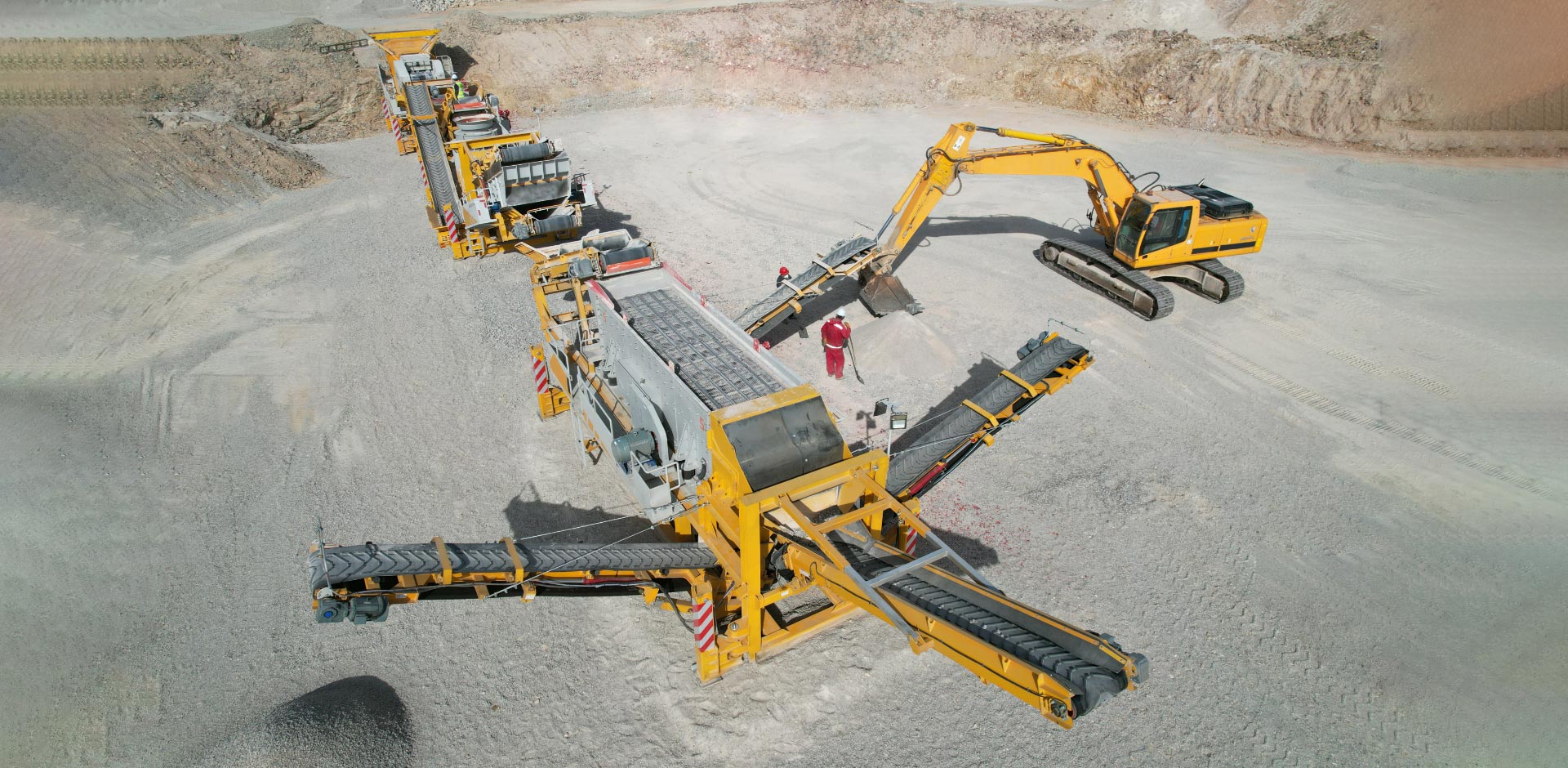In the realm of quarrying, mining, and construction, crushing plants play a pivotal role in processing various raw materials into smaller, more manageable sizes. With advancements in technology and engineering, two primary types of crushing plants have emerged: mobile crushing plants and fixed crushing plants. Each offers distinct advantages and serves different purposes, catering to the diverse needs of industries.
Mobility and Flexibility:
Mobile Crushing Plants
Mobile crushing plants, as the name suggests, are designed for on-the-go crushing operations. They are mounted on tracks or wheels, enabling easy relocation from one site to another. This mobility offers unparalleled flexibility, allowing operators to access remote locations or move closer to the source of materials swiftly. Additionally, mobile crushing plant can be set up relatively quickly, reducing downtime and increasing operational efficiency.
Fixed Crushing Plants
In contrast, fixed crushing plants are stationary installations set up at a specific location. These plants are typically constructed on a permanent foundation and are not designed for mobility. While they lack the flexibility of mobile counterparts, fixed crushing plants offer stability and consistency in operation. They are ideal for processing materials extracted from nearby quarries or mines, where relocation is unnecessary.

Operating Costs and Maintenance:
Mobile Crushing Plants
Mobile crushing plants often entail lower initial capital investment compared to fixed plants. Their modular design and compact footprint result in reduced construction costs. Moreover, since mobile crawler crusher can be transported to different sites, they minimize transportation expenses associated with moving raw materials to a stationary plant. However, maintenance costs may vary depending on the frequency of relocation and environmental conditions encountered during operation.
Fixed Crushing Plants
Fixed crushing plants require substantial upfront investment in infrastructure and construction. While they incur minimal transportation costs, the expenses associated with site preparation, foundation laying, and infrastructure development can be significant. Nonetheless, once operational, fixed plants generally entail lower maintenance costs since they do not undergo frequent relocation or face the wear and tear associated with mobile equipment.

Production Capacity and Efficiency:
Mobile Crushing Plants
The mobility of mobile crushing plants allows for efficient utilization of resources and improved production capacity. Operators can quickly relocate the plant closer to the extraction point, minimizing transportation distances and optimizing material throughput. Additionally, some mobile stone crusher plant feature advanced automation and remote monitoring capabilities, enhancing operational efficiency and productivity.
Fixed Crushing Plants
Fixed crushing plants are conducive to steady and uninterrupted production processes. Since they remain stationary, fixed plants can be equipped with larger crushers and conveyors, resulting in higher production capacities compared to their mobile counterparts. Furthermore, fixed plants offer a more controlled environment for processing operations, reducing the likelihood of disruptions caused by adverse weather conditions or site-specific challenges.
Environmental Considerations:
Mobile Crushing Plants
Mobile crushing plants have a relatively smaller environmental footprint compared to fixed plants, primarily due to their mobility. By eliminating the need for permanent infrastructure at each operational site, mobile plants minimize land disturbance and habitat fragmentation. Additionally, advancements in engine technology and dust suppression systems contribute to reducing emissions and mitigating environmental impacts.
Fixed Crushing Plants
While fixed crushing plants provide stability and long-term operational efficiency, they may pose greater environmental challenges. The construction of permanent infrastructure and associated land clearing activities can result in habitat destruction and soil erosion if not properly managed. However, once operational, fixed plants can implement environmental mitigation measures such as dust control systems and vegetation restoration to minimize their ecological footprint.
In conclusion, both mobile crushing plants and fixed crushing plants offer distinct advantages and cater to specific operational requirements in the quarrying, mining, and construction industries. The choice between the two depends on factors such as mobility needs, production capacity, operating costs, and environmental considerations. By understanding the disparities between these two types of crushing plants, including fixed crushing plant and mobile jaw crusher, operators can make informed decisions to optimize their operations and achieve desired outcomes.

